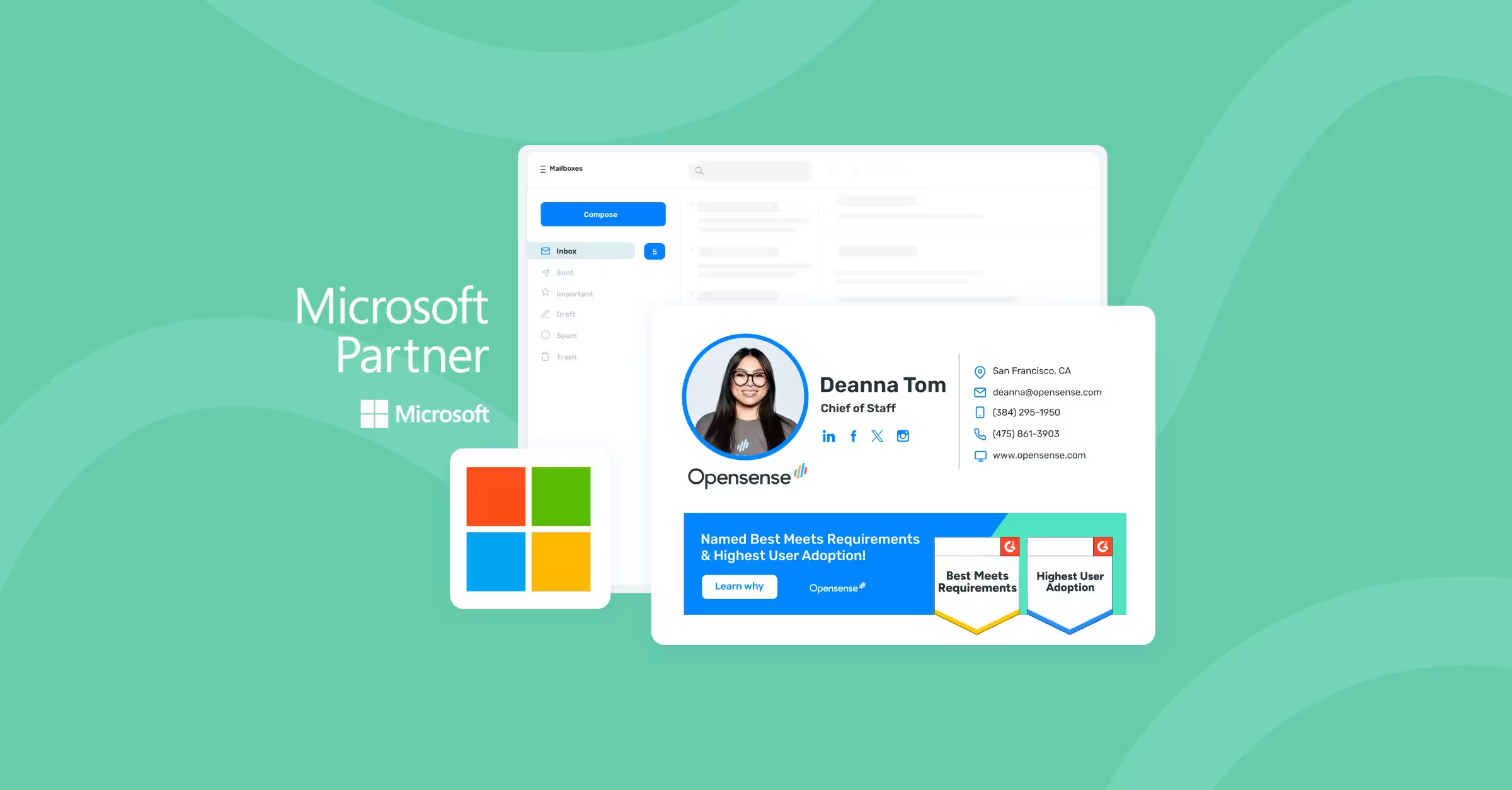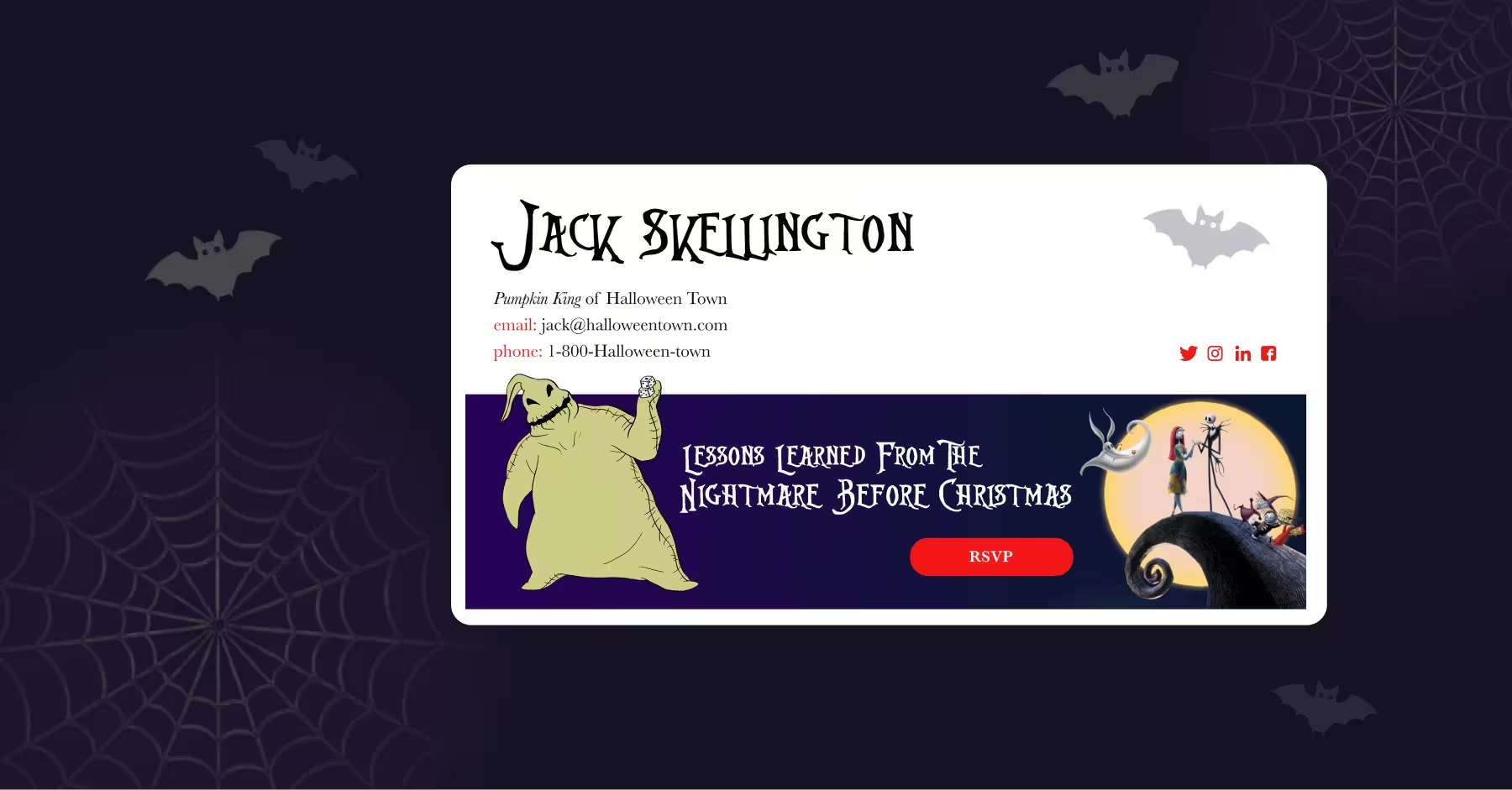
Email Compliance in 2022: What GDPR Means For Your Business
With the increasing volume of regulations over the past several years, enterprise teams have to be on top of their email compliance, and for good reason – the average 100 person company delivers up to 1 million emails a year. That means you’ve got 1 million possibilities that present a grave compliance risk. Regulators only need 1 bad email to crack down on your company.
GDPR is just one of many overarching frameworks aimed at protecting user data and personal information from being exploited by companies. If you process or store the personal data of Europeans, even if you’re not based in Europe, you must comply with the GDPR. Failing to do so can result in significant fines, damage to your reputation and risk you losing your customers trust.
So what does this mean for your business? Let’s take a closer look.
What is GDPR?
Emails are pretty much the lifeblood of business communication. However, the same email was proclaimed dead when GDPR came to life in 2018. Fast forward to 2022 and email is not only thriving, but the policies have also become a lot more respectful of people's privacy.
General Data Protection Regulation (GDPR) is a security policy introduced by the European Union (EU) in 2018 to protect an individual's personal information. It provides some of the strongest privacy protections in the world by preventing companies from collecting personal data when they don’t explicitly get consent. GDPR works for the people of the EU, regardless of where they live in the world.
So if your business has an email list containing EU addresses or prospects who are EU citizens, you need to comply.
What are the latest updates in 2022?
What will email compliance look like in 2022? It's hard to say for sure, email compliance is a moving target but one thing is for certain: GDPR will have a big impact on how businesses approach everyday email.
When GDPR was first announced, it was met with shock, fear, and confusion. Gradually the emotions have tapered down as clarity has emerged. The first two years showed encouraging compliance metrics across the board with occasional fines. However, the pandemic propelled infractions to an all-time high.
According to Finbold, the number of GDPR fines increased 124.92% between July 2020 and July 2021, with Amazon paying $888 million, the highest ever fine imposed on a company!
EU regulators have grown incredibly sophisticated in detecting privacy violations and they're more capable than ever to enforce the laws. With the right to privacy and digital transformation continuing to dominate most of the 2022 discourse, you cannot risk violating GDPR.
What is the cost of non-compliance?
When it comes to GDPR violations, people mostly think about the fines. Yet financial loss is only one of many costs that a business has to deal with.
Depending on the size of the business and the extent of the violations, non-compliance can severely disrupt core operations for a considerable amount of time. This results in a loss of revenue and employee productivity. That being said, all of these costs are measurable and can be used to improve internal operations in the future. But GDPR violations also damage brand reputation.
Since the guidelines are heavily centered around consent, privacy, and security, getting caught violating on these fronts dents consumers’ confidence in you - which is irreplaceable. Recovering the lost trust can be an uphill battle, and the fierce competition in the EU market may not allow you to bounce back.
How to prepare for GDPR email compliance?
The truth is, if you already follow email security best practices and respect people's privacy, there's little to worry about GDPR. But you'll be surprised to know how many businesses aren't aware of the guidelines they actively violate.
Here are a few points to keep in mind:
Have a legal basis to reach out
Under GDPR, you cannot send thousands of generic B2B cold emails hoping to get a reply.
You have to specifically pick your prospects and email them with relevant content. For this, you need to have a solid understanding of your market, consumer behaviors, and personalized templates to show how your services can benefit their business. Spam emails don't have relevant intent, so they automatically go against GDPR.
Comply with the information duty
You need to clearly explain where you collected their email address and how you intend to use their personal information. For everyday email, these are generally the name and the role in the company.
Fulfill erasure requests
It might be tempting to store email interactions as references. However, the amount of personal information stored can grow quickly which may put your company at risk. GDPR states that you cannot store or process personal data longer than necessary to meet the original goal. There's no fixed timeframe, but we suggest you delete recipient data after 30 days of no activity.
On top of that, you need to clearly mention how to remove their data from your servers, and if they request you to delete it, you must comply swiftly. This is closely associated with the "right to be forgotten" policy.
Understand consent
If a prospect gives you the consent to be included in your funnels, you can add them to your list. However, companies can try misleading ways to acquire the all-important consent — GDPR is strictly against that.
Your request for consent has to be clearly distinguishable and laid out in simple language. The consent itself must be "freely given, specific, informed and unambiguous."
Maintain an opt-out method
GDPR requires you to allow recipients to easily opt-out of your email even after giving prior consent.
While having an unsubscribe link is not mandatory, it's one of the simplest ways recipients can leave your campaign. You cannot change the legal basis to keep them in the system and must take steps immediately. Most companies have a way to opt out of marketing emails but forget that everyday email is still on the hook for delivering an opt-out option.
Incorporate data protection and privacy by design
You must create technology and documentation to design products or services that have data and privacy protection built-in. These should be an inherent part of your business and your data management policies should reflect that.
Appoint a data protection officer (DPO)
If your business processes data, then you'll have to consider a Data Protection Officer under GDPR.
The DPO should review and analyze data requirements and processing techniques. They should be cognizant of new GDPR changes and should act as the bridge between the company and the regulator.
Are you concerned about GDPR and email compliance in 2022?
We’re here to help! At Opensense, we're on a mission to help businesses comply with their corporate email in style. We enable sales, marketing, and privacy teams to take control of their corporate email channel and ensure all employees are compliant with their communications.
Get in touch with Opensense to see how we can enforce universal email compliance across regions.


.svg)



.svg)



